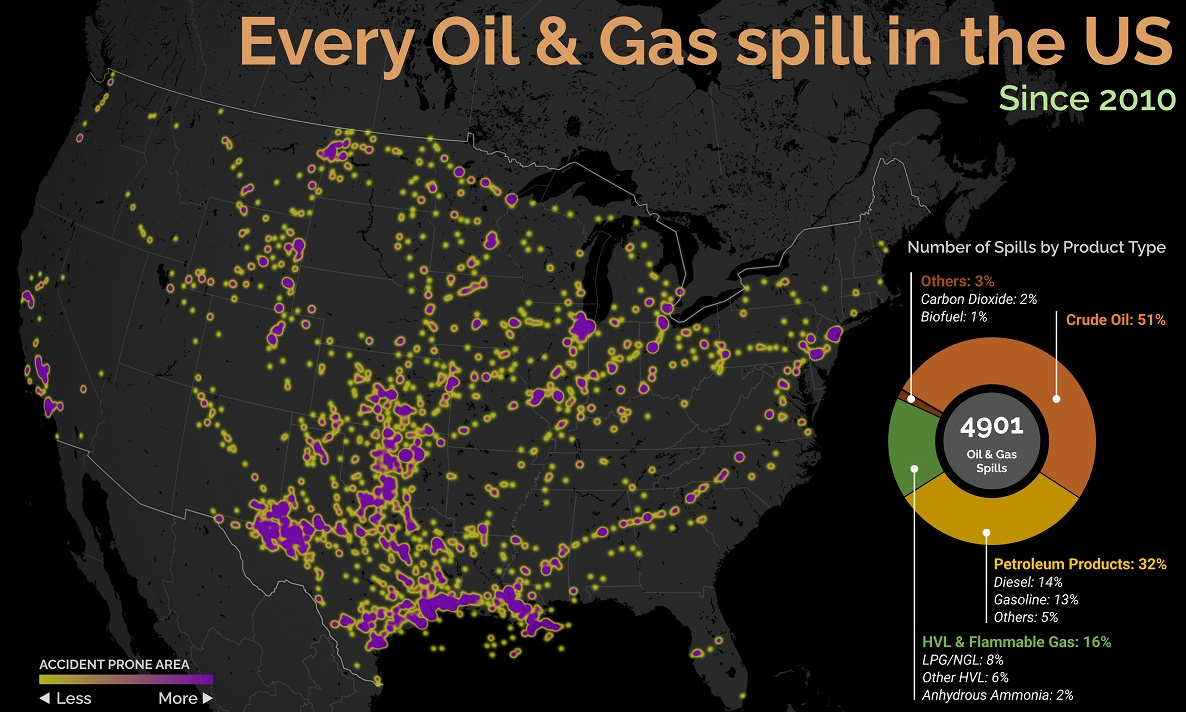Our snail mail has turned to email. We’ve traded our TVs and radios for Netflix and iTunes. Instead of going to the store down the street, we do our shopping online, and we can even pay with crypto instead of cash. Our world is transforming, and so is the energy industry.
The Changing Energy Industry
Today’s animation comes to us from California ISO, and it shows the challenges faced by the energy industry as they plan ahead for the energy needs of the future.
As the world grows more environmentally conscious, the energy sector faces new demands:
Environmental
Environmental concerns have brought clean energy systems to center stage, as we look for ways to reduce our dependence on greenhouse gases and preserve our planet for future generations. The push to eliminate fossil fuels and greenhouse gas emissions means we need to find ways to power coal-dependent sectors with renewable energy.
Technology
As new technologies emerge, they provide us with revolutionary ways to approach energy storage and efficiency, while bringing different types of renewable energies within our reach.
Decentralization
Energy grids have become less centralized over time, as grids move away from power plants in favor of distributed energy sources. Groupings of smaller energy sources are less vulnerable to failure, and provide reliable, cost effective energy options for consumers.
Economics
Economic demands push for competitive pricing and consumer rates, as they impact economic viability and promote healthy investment in the energy sector.
Politics
Renewable energy policies are progressing at the highest levels, as governments around the world set ambitious renewable energy goals for their nation.
Consumer Expectations
Consumers are no longer mere users of electricity, but informed producers. Through rooftop solar energy collection and the development of microgrids, consumers now have the option to gather energy reserves through their own clean energy systems and feed this back into the grid, making a positive impact on their communities. With all these competing influences, the global energy industry now faces the challenge of creating a system capable of meeting the energy demands of our changing world.
Where to from here?
Planning for the energy needs of the future is no easy task. It’s a challenge to ensure reliable energy provision for consumers, leveraging emerging technology while hedging against disruptive factors like natural disasters which impact energy infrastructure. There is no single solution, but a network of interconnected solutions working together can improve strengthen green energy provision as our world continues to evolve.
on Aside from the obvious climate impact they bring, one other downside in particular is spills, which can lead to ecological and economic damage. These can happen due to pipeline leaks, train derailments, or other industrial disasters. This graphic from Preyash Shah provides a visual overview of every oil and gas spill in the contiguous U.S. since 2010. Data is tracked by the U.S. government’s Pipeline and Hazardous Materials Safety Administration (PHMSA).
U.S. Oil and Gas Spills (2010‒2022)
The majority of spills that have occurred come mostly from crude oil, followed by petroleum products and gas. Note that this data covers the quantity of spills and not damages or volume.
Crude oil, which makes up just over half of documented spills, is also one of the most costly. Contaminations can persist for years after a spill, and its impact on local mammals and waterfowl is particularly harsh. This has been the case with the Deepwater Horizon spill (also known as the “BP oil spill”), which experts say is still causing harm in the Gulf of Mexico. Other products with lots of spills include petroleum products such as diesel or gasoline, as well as liquefied natural gas or other volatile liquids. Interestingly, liquefied carbon dioxide can also be transported in pipelines, commonly used for carbon capture storage, but requires high pressure to maintain its state. When looking at the location of spills, it’s clear that the South Central states have experienced the highest number of disasters. In contrast, the West Coast has had substantially less activity. However, this makes much more sense when looking at the dominant oil producing states, where Texas and surrounding neighbors reign supreme. Of the 4,901 spills during this period, Texas accounts for 1,936 or roughly 40% of all oil and gas spills. This is followed by Oklahoma, which has had 407 spills and is one of the largest net exporters of oil and gas in the country.
What Causes Spills?
Oil and gas spills actually have a surprisingly long history, with one of the earliest dating back to 1889, when a spill was reported on the coast between Los Angeles and San Diego. Causes have consisted primarily of weather, natural disasters, equipment and technological malfunction, as well as human error. However, they only became a widespread problem around the halfway mark of the 20th century, when petroleum extraction and production really began to take off. This era also saw the emergence of supertankers, which can transport half a million tons of oil but therefore make the risk of spills even costlier. In fact, the biggest spill off U.S. waters after the Deepwater Horizon disaster is the 1989 Exxon Valdez spill in Alaska, when a tanker crashed into a reef and 11 million gallons of oil spilled into the Pacific Ocean.













